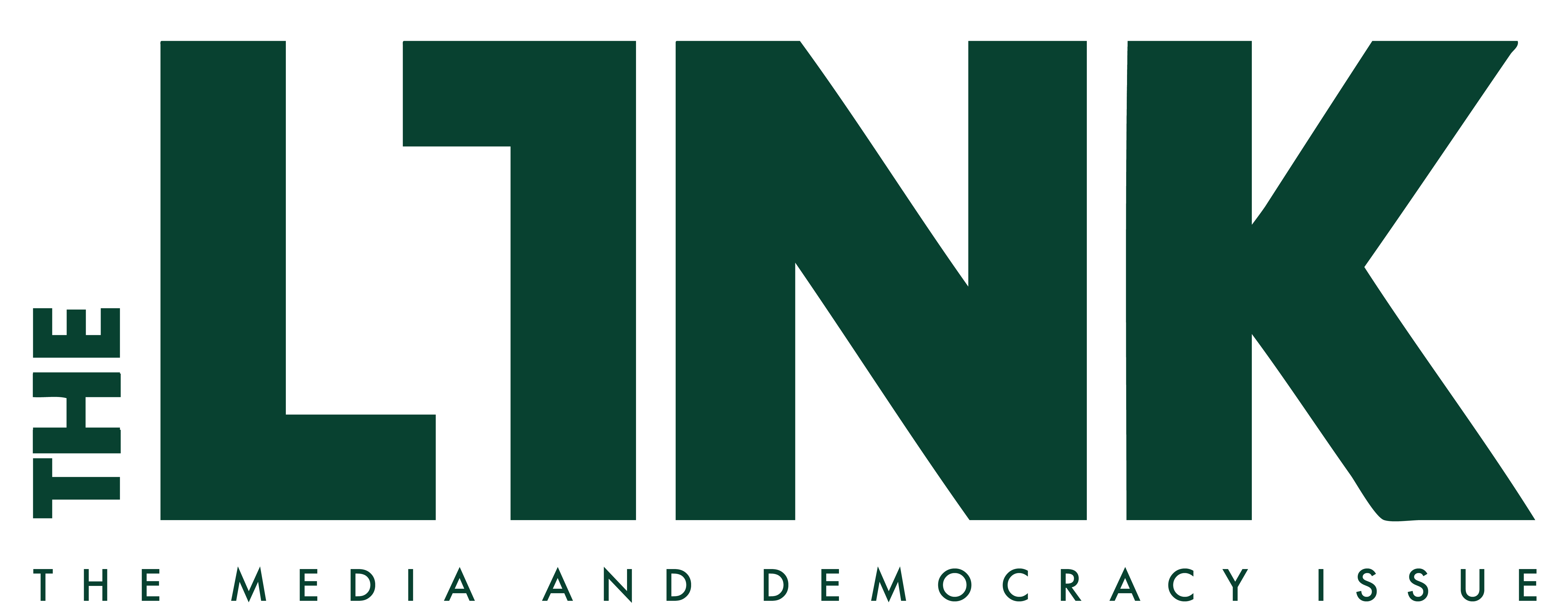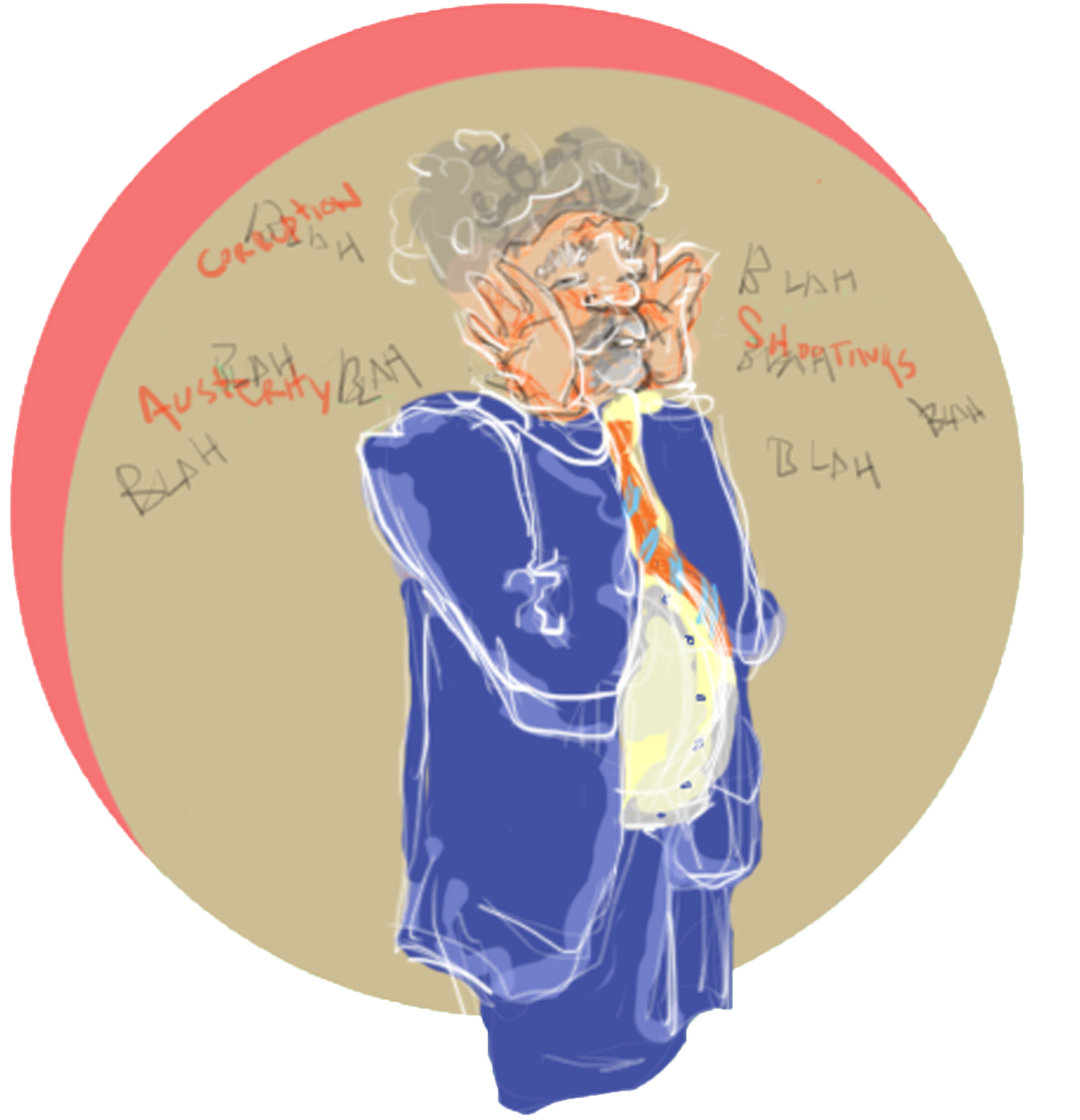

Freedom of Information, Whistleblowing and the Laquan McDonald Shooting
E T I E N N E L A J O I E

On Oct. 20, 2014, 17-year old Laquan McDonald was shot 16 times by white police officer Jason Van Dyke.
In lieu of the Ferguson protests that were ignited by the shooting of 18-year-old Michael Brown, Garry McCarthy, the former Chicago Police Superintendent, said he would set up a system to communicate with community leaders after any violent police interventions.
“Transparency is part of [the department’s] legitimacy,” he told the Chicago Sun-Times.
Despite his promise, it took 400 days for the video of McDonald’s shooting to be made available to the public.
Looking for information in criminal cases
FOIA, short for the Freedom of Information Act, is an American law that can be used to request access to Federal documents. It was used excessively in the McDonald case in an effort to bring the teen’s murderer to justice.
The first Chicago police reports announced that the officer who shot McDonald acted out of self-defence. The justification for this claim was that he had “lunged” at police officers. The police did not have Tasers to subdue him, so deadly force was used.
The body responsible for investigating police misconduct, which is supposed to be transparent by making their reports public, deemed that the shooting was justified. Having policemen investigate their peers has always been a source of controversy, because it lacks objectivity.
According to a Chicago-based “watchdog organization” called the Better Government Association, nearly 400 police shootings were investigated in Chicago since 2007, and only one was found to be unjustified.
This trend seemed to carry over to the McDonald shooting.
His autopsy wasn’t initially made public, and neither was the video of the shooting. This is despite the fact that Chicago policemen have a dashboard cam in their cars.
Camera footage from a nearby Burger King also mysteriously vanished.
The push for justice
Jamie Kalven, a writer and human rights activist, filed the first request to the City of Chicago on March 10, 2014 under the FOIA.
He was looking to obtain documents on complaints of police misconduct, along with lists of police officers with the most complaints filed against them. He was successful, despite having a similar request denied in 2009.
According to the documents, Van Dyke, the police officer charged with McDonald’s murder, had 20 misconduct allegations, over half of which for “Use of Force.”
Rahm Emanuel, Chicago’s mayor, and his administration changed their transparency policy after the request, so documents regarding police misconduct in “ongoing investigations” wouldn’t be made public.
This meant that Laquan McDonald’s documents would be excluded since they were investigated internally.
Upon the release of the autopsy via an FOIA request, it was discovered that McDonald was shot 16 times, which contradicted the police department’s claim that the teen was shot once in the chest.
Continuing the quest for truth
Around nine months after Kalven’s successful request for the police complaints, a whistleblower came forward to bring attention to the missing dashboard camera footage.
Kalven, along with attorney Craig Futterman, then released a statement calling for its release.
After it became known that there was video of the shooting, 15 FOIA requests were made for the release of the footage, many of which were made by a journalist, Brandon Smith.
On Aug. 4, the city responded to one of Smith’s last requests in a statement. Their argument was that the video would cause “irreparable harm” to the investigation.
The next day, the young journalist sued the city.
On Nov. 19, Circuit Judge Franklin U. Valderrama ordered the city to release the dashboard camera video “on or before Nov. 25.”
The video was released Nov. 24.
In an interview with The New York Times, Smith claimed that the video wouldn’t have been released if not for his lawsuit.
The importance of transparency
The gravity of the McDonald case and its lack of transparency is worrisome. Investigative journalists desperately need to shed light on hidden secrets, and people desperately need them to do it.
Efforts have been made, in some instances, for better transparency. The city of Toronto, for example, now has a website where any citizen can ask for documents under FOIA.
“Delayed responses to FOIA requests are a significant problem for investigative journalists,” VICE News investigative journalist Jason Leopold told the House Committee on Oversight & Government Reform last summer.
“Information may become less valuable over time,” Leopold said. “Delays in agency responses to FOIA requests have led to a perception among most investigative journalists that FOIA is not a useful tool.”
Nine days after Laquan McDonald was shot dead in Chicago, in the British House of Commons, the House Leader described FOIA as “research tool” to create stories.
In response, The Guardian listed 103 stories that “would never have emerged without the act.”
More than a year later, even more could be listed—including the death of Laquan McDonald.
Jason Van Dyke was charged with first-degree murder.
G R A P H I C B Y M A D E L E I N E G E N D R E A U